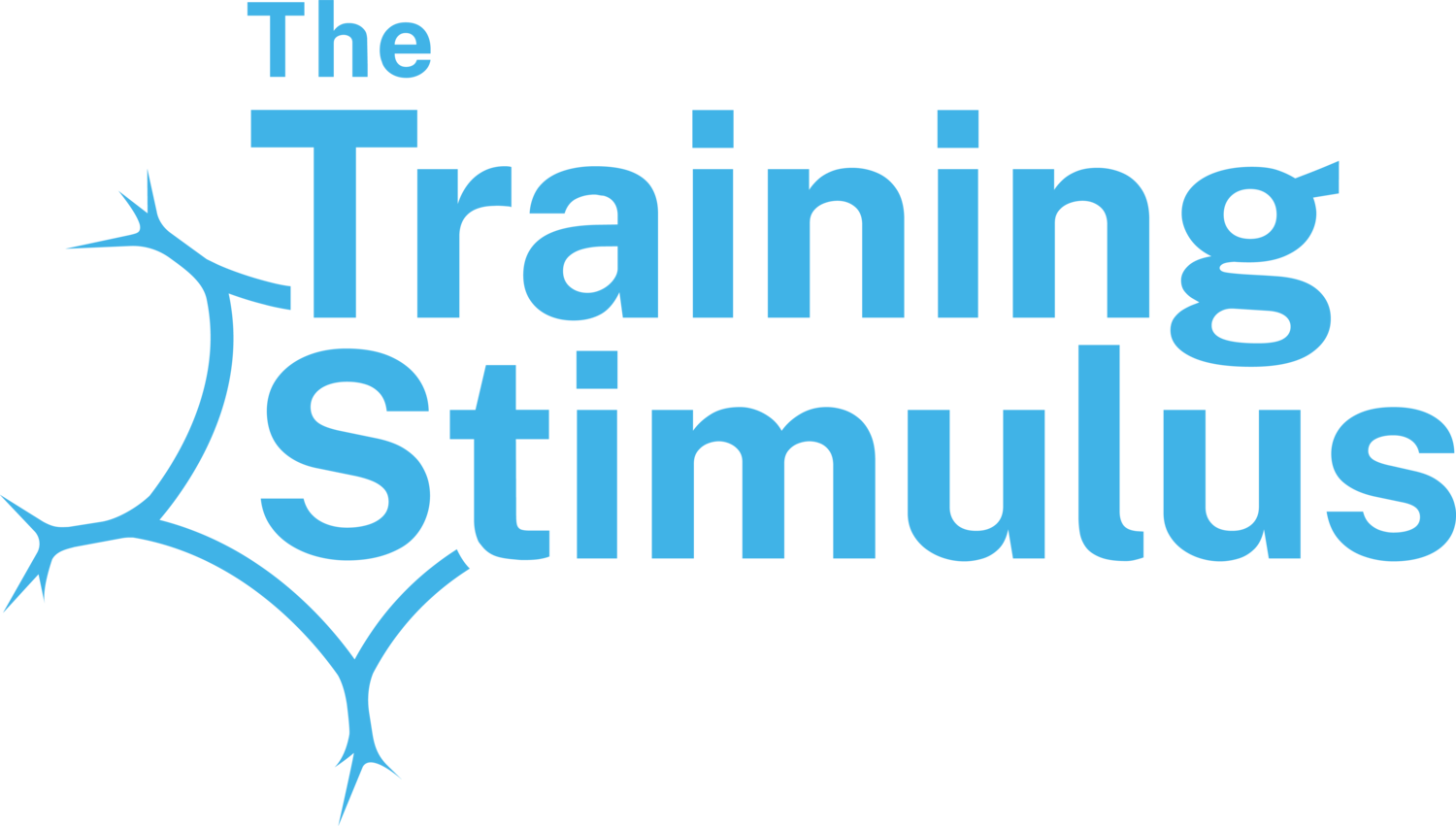How to Build Muscle While Doing CrossFit
So you’ve been doing CrossFit a while, but you haven’t packed on the muscle that the Games athletes have just yet? Now you’re wondering why that is and if you’re ever going to have a body like theirs. Now you want to shake up your training to promote more muscle growth, but still do CrossFit and not be a pure bodybuilder - how do you go about it?
The first thing I want to make clear is that hypertrophy is NOT a performance goal. If you pursue strength directly, you will get stronger faster than if you pursue size. There is overlap, but going for size is not the best way to get stronger. BUT, that doesn’t mean there’s anything wrong with training to get bigger, just make peace with the fact that you are taking a slight deviation away from optimal performance training in exchange for packing on some muscle.
The first common pitfall for CrossFitters looking to add mass is doing too much conditioning or too many MetCons. Muscle growth requires a calorie surplus. These extra calories are effectively the bricks with which you’ll build your muscle houses. All those sweaty, gassy sessions are stealing your bricks, which means you either need to deliver more (eat EVEN MORE) or your muscle house building will be slower or non-existant. If you’re going into a muscle build phase, strip out the metcons to a bare minimum to stay sane/as fit as you’d like, none are required to grow, as bodybuilders regularly prove. Nutritionally, if you’re not putting on weight, eat more.
The second key point for CrossFitters to understand is that the stimulus for growth is about maximal stress to a muscle, through tension in the muscle, metabolic stress (the burn) and volume (reps, reps, reps). This is best achieved through lots of time under tension, and working to failure, the point where you literally cannot do another rep. This is opposite to most CrossFit approaches, where it’s about efficiency, using as many muscles as possible so the workload is spread over the whole body and no single muscle reaches the point of absolute failure. This means no muscles really get to that failure point which is a strong stimulus telling the muscle to grow.
If we do want to grow rather than get a lot of work done, this means doing lots of tempo work, working a muscle to the point it literally cannot contract (safely of course) and strict variations of everything over kipping or explosive movements like weightlifting, which use speed and momentum to move the weight, rather than slow muscular tension. Focus on the big lifts: squat, deadlift, presses and strict pullups to cover most bases. 4-5 sets of 8-12 reps, with the last set maxing out until you can’t do another rep. You can also throw in drop sets or negative supersets to take the muscle beyond the point of traditional failure.
Lastly, once you’ve totally trashed the muscle group you’re working on, get out of the gym, get eating and get recovering. Once the hypertrophy (muscle growth) switch is turned on, that’s it, creating further muscle damage just means it’ll take longer to repair to the point you can train again (and turn on the switch again). This is a hard thing for CrossFitters to take on board as for sport, the more you practise the better you get, but if you’ve really done a good job on training to failure, getting on with the recovery is the fastest way to make gains.
To wrap up, if you’re not a pure performance athlete and you want to build a more muscular body, making a few tweaks to your training can make the difference between building muscle and just getting fitter but looking the same.
Key takeaways:
-reduce your calorie expenditure on non-muscle building training - i.e. cardio, conditioning and metcons
-lift slowly and to failure, working muscles as hard as you can to stimulate growth. Work around 4-5 sets of 8-12 reps, maxing out last set.
-once you’ve got the growth stimulus, hurry up and recover so you can do it all again. Don’t bury yourself with excessive extra work which will slow down the gains
